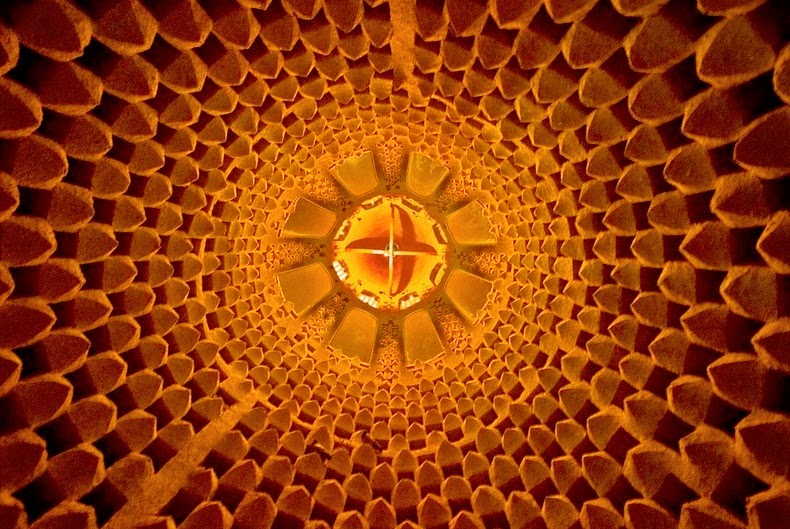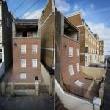During the 16th and 17th century, particularly around the time of the Safavid reign, the Iranian folks built a large number of towers to house pigeons. The pigeons were domesticated not for their meat (pigeon is especially revered in Islam), but rather for their droppings, which the locals collected and used to fertilize melon and cucumber fields. The Safavids had a particular liking for melons and consumed them in staggering numbers. Pigeon dung was thought to be the best manure for these crops, and the towers were built for the purpose of attracting pigeons to them so that they would nest in the towers and their dung could be harvested. Built with brick and overlaid with plaster and lime, these towers were some of the finest dovecots in any part of the world. At its peak, Isfahan had an estimated 3,000 pigeon towers. Today, around 300 remain scattered throughout the countryside in various states of disrepair. Modern fertilizers and chemicals have rendered these magnificent structures obsolete leading to their abandonment in the fields, where they continue to deteriorate due to lack of maintenance.

The inside of a pigeon tower, looking from the bottom towards the ceiling. The walls are lined with hundreds of pigeonholes. Photo credit
Read more »© Amusing Planet, 2014.









Comments